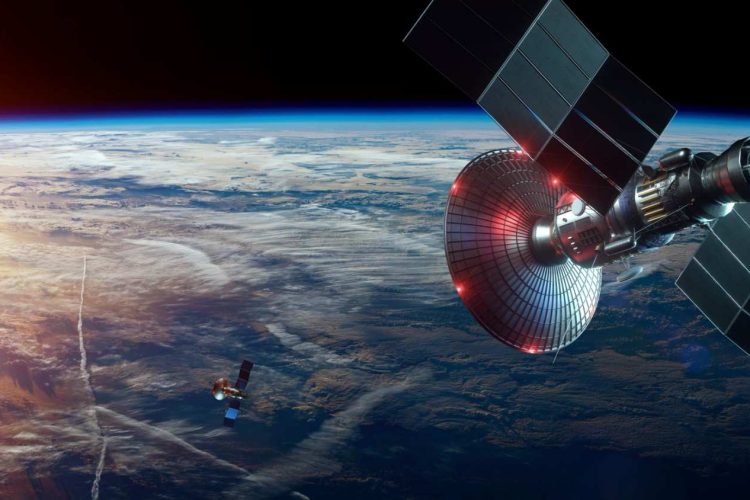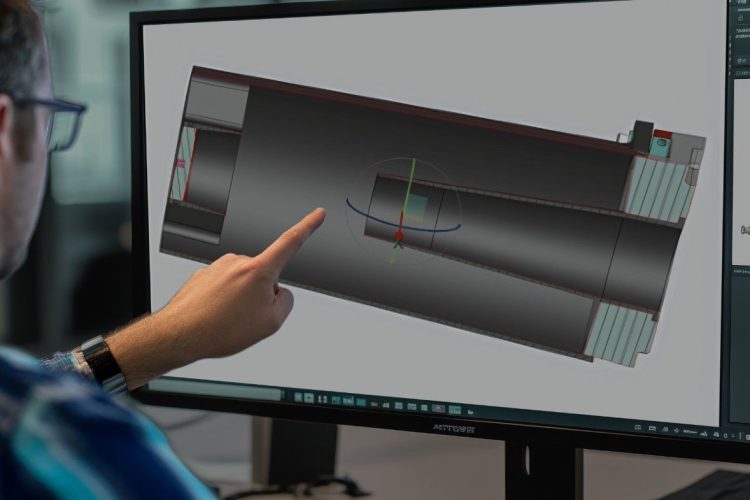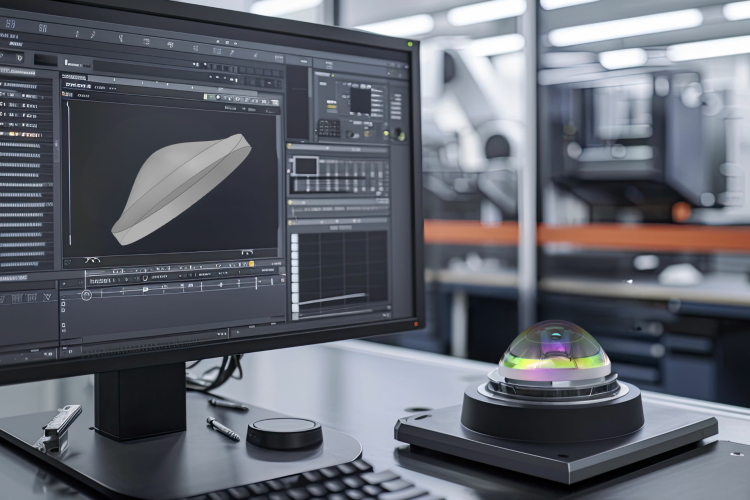Key Takeaways Satellite telescope coatings must support wide spectral ranges (UV to LWIR) while enduring radiation, AO exposure, and thermal cycles. AR coatings for lenses and windows require high transmittance, environmental resistance, and minimal outgassing. Gold and silver reflective coatings are essential for high-efficiency IR mirrors in thermal imaging telescopes. AO-resistant layers like ALD-deposited Al₂O₃ […]










